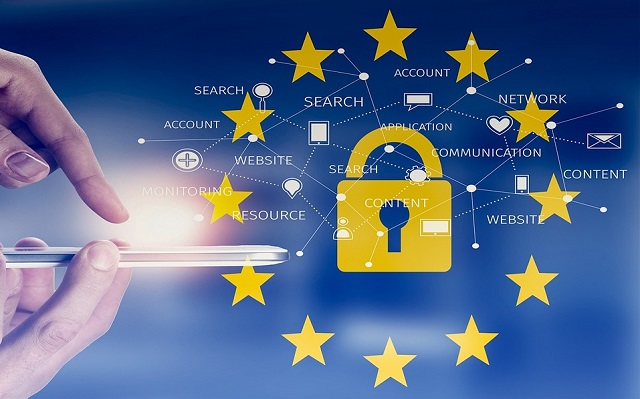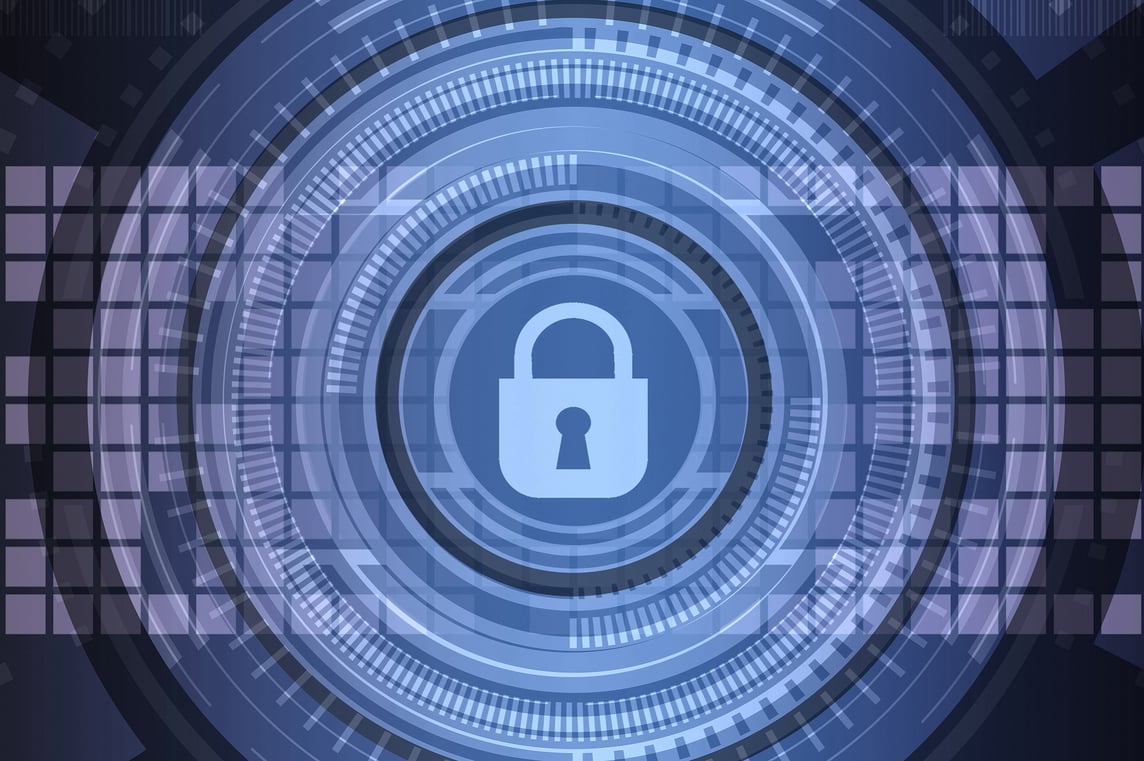Fortinet Acquires Next DLP Strengthens its Top-Tier Unified SASE Solution
Read the release
GDPR is considered the strongest data privacy law in the world. While its protections only apply to citizens of the European Union (EU), companies that do business in Europe must comply with the regulations. We are going to look at the ways GDPR impacts cybersecurity management for any organization that collects and processes the personal data of EU citizens.

Image by Pete Linforth from Pixabay
In this article:
To learn more about GDPR cybersecurity requirements, check out the video below:
The primary goal of GDPR is to protect the privacy and security of EU citizens’ personal data, but the same type of guidelines do not exist for the majority of nations that are not part of the EU. This means they may not take the appropriate cybersecurity measures to safeguard GDPR-related data.
Companies doing business with EU citizens must reevaluate their cyber defenses to ensure data is protected according to GDPR standards. An organization may need to make substantial changes, a potentially expensive proposition that may entail implementing new processes and procedures.
Below, we’ll look at six ways GDPR impacts cybersecurity management. While this article focuses on implementing measures to ensure GDPR compliance, these methods and procedures can help any organization strengthen its ability to protect sensitive and valuable data.

Image by Gerd Altmann from Pixabay
Cybersecurity management is influenced in the following ways by the need to comply with GDPR.
Data must be effectively categorized so it can be given the degree of protection it warrants. It may be more costly to implement the necessary cybersecurity measures to protect GDPR data than it is for less sensitive business information.
Cost-conscious organizations may be reluctant to spend these additional resources if it is not deemed necessary.
Companies need to differentiate between data protected by GDPR and their other data resources. It’s impossible to adequately protect specific data resources without understanding where they are stored and how they are used.
Performing this activity requires a complete inventory of data assets, during which they will be appropriately categorized.
Personal data must be adequately protected as outlined in GDPR Article 32. This protection involves the encryption and pseudonymization of all personal data.
Addressing this requirement may result in substantial and expensive changes to an organization’s data handling procedures.

Image by Andreas Lischka from Pixabay
Another aspect of protecting personal data is ensuring that its availability can be rapidly restored in the event of an outage or disaster. Meeting this requirement demands that an organization have a disaster recovery plan in place for its personal data resources.
This may be a new endeavor for some companies. It requires extensive planning and testing to ensure its viability.
Organizations should create, implement, and enforce a data handling policy that addresses all GDPR requirements. This includes items such as ensuring all personal data is encrypted before being transmitted and that only authorized personnel have access to these resources.
Data loss prevention (DLP) tools offer an automated method of enforcing the policy and protecting personal data.
According to GDPR Article 33, organizations that experience a breach involving personal data are required to report the incident to their supervisory authority within 72 hours.
The notification must describe the nature of the breach and include the categories of data involved and the approximate number of data subjects affected. It must also describe the likely consequences of the breach and the measures taken to mitigate its effects.

Image by Gerd Altmann from Pixabay
Next provides companies with an advanced DLP solution that supports GDPR compliance and protects their other data assets. The Reveal platform by Next provides an organization with an automated method of enforcing its GDPR data handling policy.
This functionality protects a company from unintentional or deliberate mishandling of data by insiders.
Protect against insider risk by educating and involving your employees.
— Next DLP (@Next_DLP) June 15, 2023
Reveal educates employees at the point of risk, with adaptable security measures and real time training.
Learn more about Reveal here: https://t.co/dgzGiVTgH1
Reveal is a cloud-native solution built with advanced technology. It employs intelligent endpoint agents leveraging machine learning to identify and categorize data as it is ingested into the environment. Reveal directly addresses the need to categorize data and enforce the company’s data handling policy.
Reveal also provides immediate user training by informing individuals when they have violated the data handling policy and forbidding the given activity. This feature eliminates accidental data breaches and helps employees understand how they can use the information.
Contact Next to schedule a demo and learn how Reveal can help to maintain GDPR compliance and raise the security IQ of the workplace.
Yes, GDPR applies to ecommerce businesses that serve EU customers. The data collected to process orders from EU citizens contains elements that fall under the guidelines defined by the GDPR. Companies need to make sure they understand their responsibilities regarding GDPR before conducting business in the EU.
A company should categorize its GDPR personal data to ensure it is handled correctly to comply with the regulations. Mixing personal data with information under a less stringent privacy policy risks exposing it and violating GDPR standards. This can be very expensive for the violating organization.
The European Union provides explicit details to assist U.S. companies in maintaining GDPR compliance. They offer a checklist for U.S. companies that gives organizations the information they need to start implementing GDPR-compliant policies and processes.

Blog

Blog

Blog

Blog

Resources

Resources

Resources

Resources

